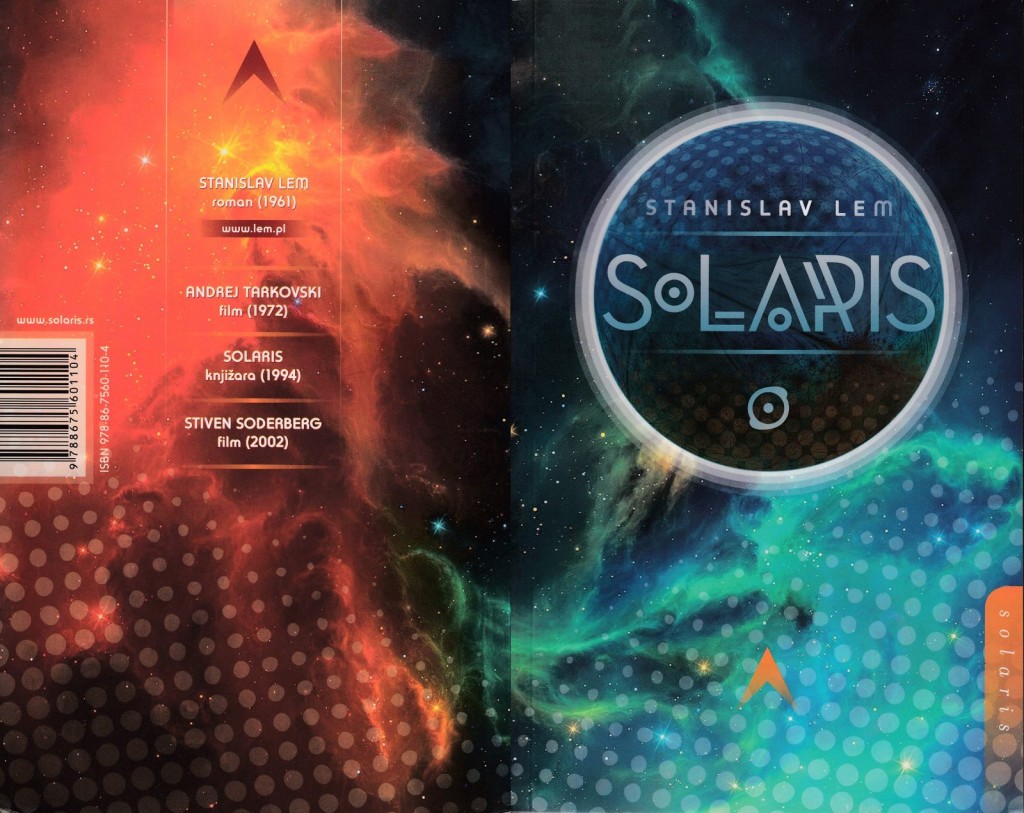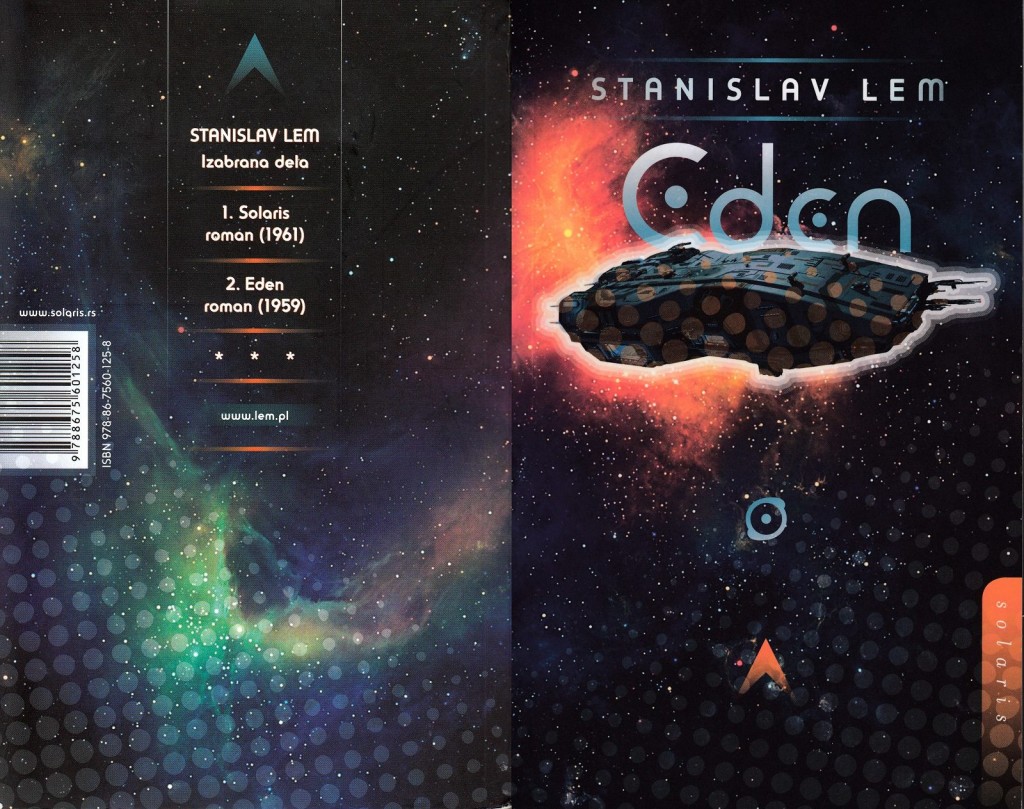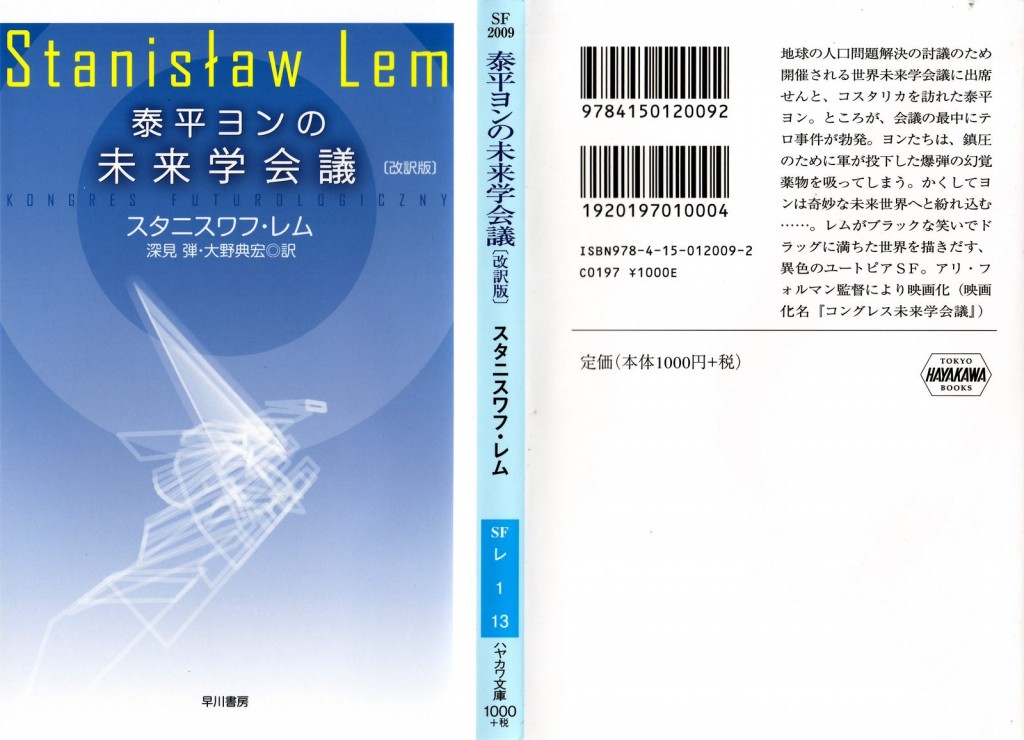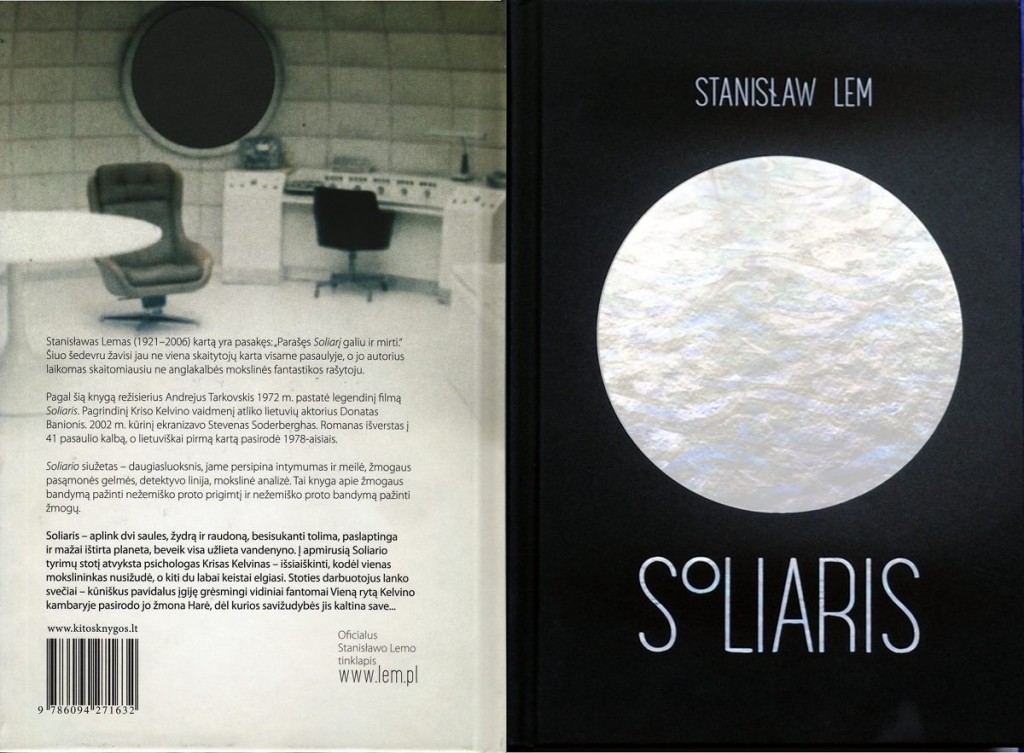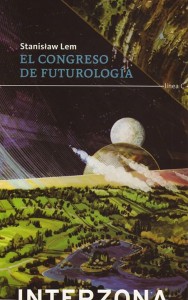Let us imagine that Mr. Smith, a bank clerk, is living with his puritanical aunt—who has a female lodger—in a multistorey house whose front wall is made of glass. As a result, the learned observer on the other side of the street is able to see everything that goes on inside. Let the interior of the house represent the “universe” we are supposed to examine. The number of “systems” that can be distinguished within this universe is practically infinite. We can approach it, for example, on an atomic level. We will then have groups of molecules from which chairs, tables, and the bodies of the three persons are made. The persons move; we want to be able to predict their future states. Since each body consists of around 25 molecules, we would have to outline 3 x 1025 trajectories of those molecules, that is, their spatiotemporal paths. This is not the best approach, as before we manage to establish just the initial molecular states of Mr. Smith, the female lodger, and the aunt, around fifteen billion years will have passed, those people will have fallen into their graves, while we shall not have even managed to provide an analytic representation of their breakfast. The number of variables under consideration depends on what it is that we actually want to examine. When the aunt goes down to the cellar to fetch some vegetables, Mr. Smith kisses the lodger. In theory, we could arrive at who kissed whom just on the basis of the analysis of molecular behavior, but in practice, as we have demonstrated earlier, the Sun is likely to go out first. We would be unnecessarily diligent because it is enough to treat our Universe as a system that consists of three bodies. Conjugations of two bodies periodically occur within it when the third body goes down to the cellar. Ptolemy is the first one to appear in our Universe. He can see that the two bodies conjoin while the third one moves away. He thus develops a purely descriptive theory: he draws some cycles and epicycles, thanks to which one can know in advance which position will be taken by the two upper bodies when the lower one finds itself in the lowest position. Since in the very middle of his circles, there happens to be a kitchen sink, he declares it the center of the Universe, with all the significance this carries. Everything then revolves around the sink.
Continue reading
Category Archives: new editions
“Solaris” IKC Solaris, Serbia 2014
“Eden”, IKC Solaris, Serbia 2015
“The Futurological Congress”, Hayakawa, Japan 2015
“Solaris” Kitos Knygos, Lithuania 2014
Forgotten Masterwork
Stanislaw Lem’s forgotten masterwork Summa Technologiae, now in English half a century after publication, is a heady mix of prescience, philosophy and irony.
 The collection of Stanislaw Lem’s philosophical essays “Summa Technologiae” was first published in 1964 in Poland. The English translation however – the work of Joanna Zylinska, professor of new media and communications at Goldsmiths, University of London – appeared only in 2013, i.e. almost fifty years later. How does a book dealing with problems of the future pass the test of time? Astonishingly well, actually. According to New Scientist (May 20, 2013) “Stanislaw Lem’s forgotten masterwork (…) is a heady mix of prescience, philosophy and irony.” It is amazing “how much Lem got right or even predicted” in fields of artificial intelligence, theory of search engines, bionics, virtual reality, nanotechnology and technological singularity. The reviewer quotes an essay by biophysicists Peter Butko who describes “Summa” as an “all-encompassing discourse on evolution: not only… of science and technology… but also evolution of life, humanity, consciousness, culture, and civilization”.
The collection of Stanislaw Lem’s philosophical essays “Summa Technologiae” was first published in 1964 in Poland. The English translation however – the work of Joanna Zylinska, professor of new media and communications at Goldsmiths, University of London – appeared only in 2013, i.e. almost fifty years later. How does a book dealing with problems of the future pass the test of time? Astonishingly well, actually. According to New Scientist (May 20, 2013) “Stanislaw Lem’s forgotten masterwork (…) is a heady mix of prescience, philosophy and irony.” It is amazing “how much Lem got right or even predicted” in fields of artificial intelligence, theory of search engines, bionics, virtual reality, nanotechnology and technological singularity. The reviewer quotes an essay by biophysicists Peter Butko who describes “Summa” as an “all-encompassing discourse on evolution: not only… of science and technology… but also evolution of life, humanity, consciousness, culture, and civilization”.
see full article from “New Scientist”: A brilliant trip back to the technological future
This book’s title alludes to Thomas Aquinas’s “Summa Theologiae” for a reason. In effect Lem creates an entire atheistic paradigm for the Cosmos with God replaced by Reason; the latter, a creative force independent from biology, drives the evolution towards its own, enigmatic goals.
prof. Jerzy Jarzębski


